₵45.00 Original price was: ₵45.00.₵34.00Current price is: ₵34.00.
9 in stock
The MQ7 Gas Sensor is specifically designed for detecting carbon monoxide (CO), making it ideal for air quality monitoring, gas leakage detection, and industrial safety applications. Its ability to sense CO at low concentrations makes it a critical component in safety systems like CO alarms.
Categories: sensors
Description
The MQ7 Gas Sensor is specifically designed for detecting carbon monoxide (CO), making it ideal for air quality monitoring, gas leakage detection, and industrial safety applications. Its ability to sense CO at low concentrations makes it a critical component in safety systems like CO alarms.
Key Features
- High sensitivity to carbon monoxide (CO).
- Analog and digital outputs for flexible interfacing.
- Adjustable sensitivity using a built-in potentiometer.
- Low cost and compact size.
Specifications
- Operating Voltage: 5V DC
- Operating Current: ~150 mA
- Detectable Gas: Carbon monoxide (CO)
- Output Types:
- Analog Output (AO): Proportional to gas concentration.
- Digital Output (DO): HIGH/LOW signal based on the threshold set by the potentiometer.
- Preheat Time: ~60 seconds for stable operation.
- Detection Range: 20 ppm to 2000 ppm.
- Operating Temperature: -10°C to 50°C.
Pinout
- VCC: Power supply (5V)
- GND: Ground
- DO: Digital output
- AO: Analog output
Working Principle
The MQ7 sensor uses a SnO₂ (tin dioxide) sensing layer. In clean air, the conductivity is low. When exposed to carbon monoxide, the sensor’s conductivity increases, and the change in resistance is used to measure the concentration of CO in the environment.
Unique Feature
The MQ7 sensor operates in a cyclic heating mode:
- It requires alternating high and low heating voltages for accurate detection:
- High Voltage (5V): Enhances sensitivity to carbon monoxide.
- Low Voltage (1.4V): Stabilizes the sensor baseline.
- This cycle allows the MQ7 to detect CO with improved accuracy and selectivity.
Interfacing with Arduino
Hardware Setup
- Connect VCC to the Arduino’s 5V pin.
- Connect GND to the Arduino’s GND pin.
- Connect AO (Analog Output) to an analog input pin (e.g., A0).
- (Optional) Connect DO (Digital Output) to a digital input pin for threshold-based detection.
Sample Code
const int analogPin = A0; // Analog output pin
const int digitalPin = 2; // Digital output pin
int analogValue = 0;
void setup() {
Serial.begin(9600);
pinMode(digitalPin, INPUT);
}
void loop() {
// Read analog value
analogValue = analogRead(analogPin);
// Print analog value (CO concentration)
Serial.print("Analog Value: ");
Serial.println(analogValue);
// Check digital output
if (digitalRead(digitalPin) == HIGH) {
Serial.println("CO concentration exceeded threshold!");
}
delay(1000);
}
Calibrating the Sensor
- Preheating: Allow the sensor to preheat for at least 24 hours before calibration.
- Heating Voltage Cycle: Implement a heating voltage cycle to improve accuracy:
- High voltage (5V) for 60 seconds.
- Low voltage (1.4V) for 90 seconds.
- Threshold Adjustment: Use the built-in potentiometer to set the digital detection threshold.
- Calibration Curve: Expose the sensor to known CO concentrations, record analog values, and create a calibration curve for precise readings.
Applications
- Carbon Monoxide Alarms: Detecting dangerous levels of CO in homes and workplaces.
- Industrial Safety: Monitoring CO levels in factories or environments where fuel combustion occurs.
- Air Quality Monitoring: Measuring CO concentrations in urban areas.
- Automotive Systems: Detecting CO emissions in vehicles.
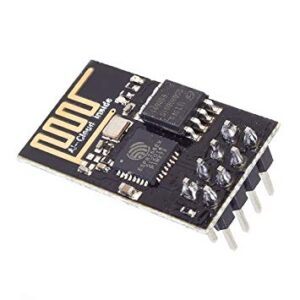
Sensors and Modules
₵50.00 Original price was: ₵50.00.₵30.00Current price is: ₵30.00.
19 in stock

Sensors and Modules
₵45.00 Original price was: ₵45.00.₵34.00Current price is: ₵34.00.
6 in stock
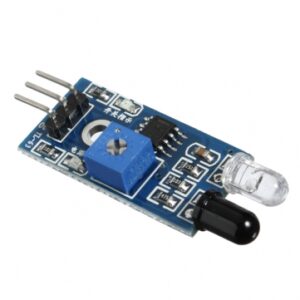
Sensors and Modules
₵22.00 Original price was: ₵22.00.₵14.00Current price is: ₵14.00.
51 in stock
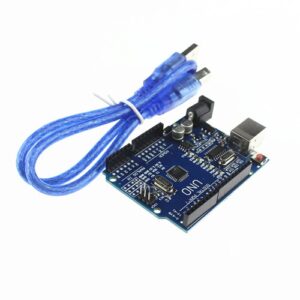
Sensors and Modules
₵135.00 Original price was: ₵135.00.₵101.00Current price is: ₵101.00.
Out of stock
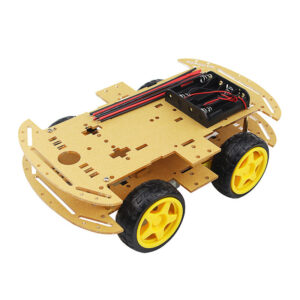
Sensors and Modules
₵165.00 Original price was: ₵165.00.₵135.00Current price is: ₵135.00.
8 in stock
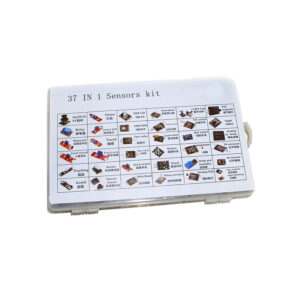
Sensors and Modules
₵320.00 Original price was: ₵320.00.₵245.00Current price is: ₵245.00.
Out of stock
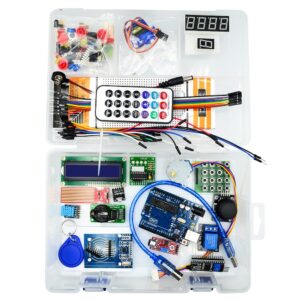
Sensors and Modules
₵500.00 Original price was: ₵500.00.₵435.00Current price is: ₵435.00.
68 in stock

Sensors and Modules
₵1,700.00 Original price was: ₵1,700.00.₵1,450.00Current price is: ₵1,450.00.

Sensors and Modules
₵95.00 Original price was: ₵95.00.₵75.00Current price is: ₵75.00.
10 in stock

Sensors and Modules
₵85.00 Original price was: ₵85.00.₵67.00Current price is: ₵67.00.
5 in stock

Sensors and Modules
₵83.00 Original price was: ₵83.00.₵65.00Current price is: ₵65.00.

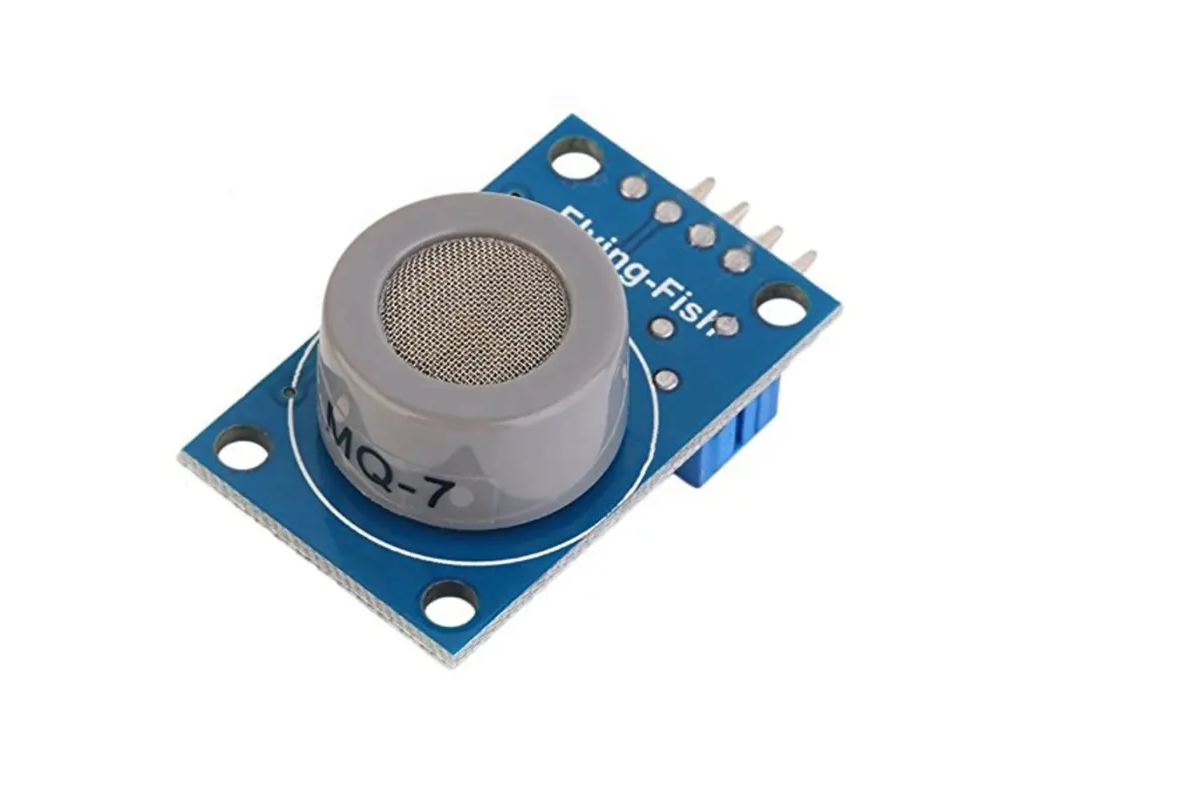
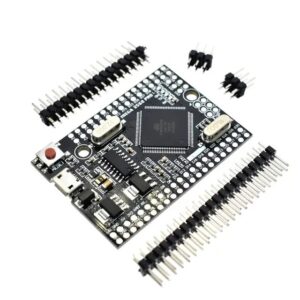
Reviews
There are no reviews yet.